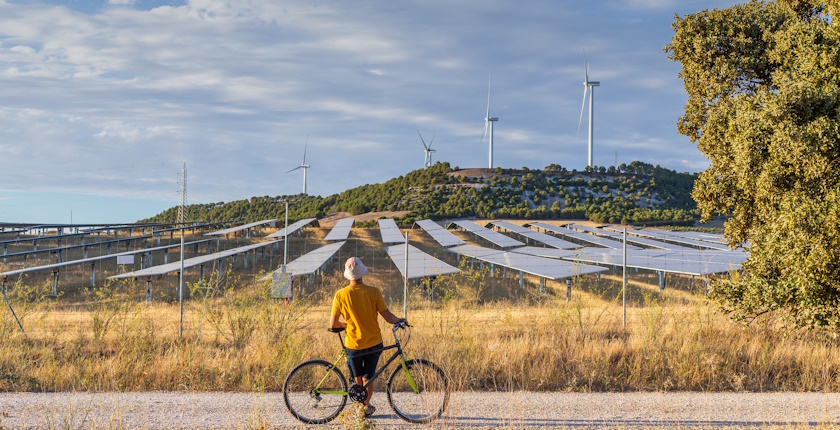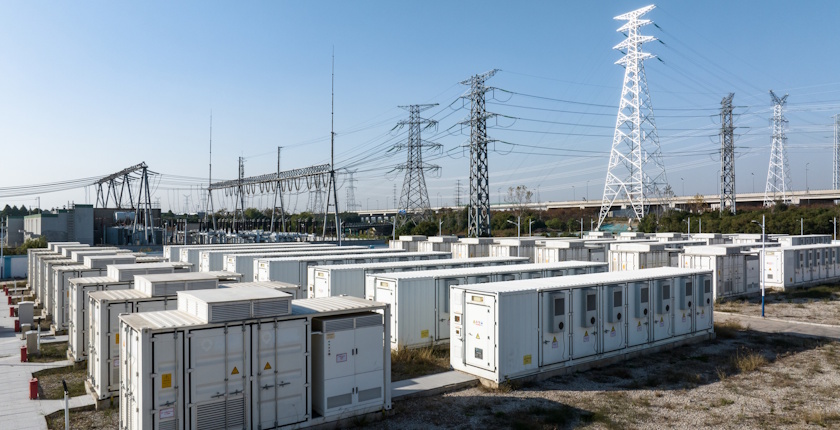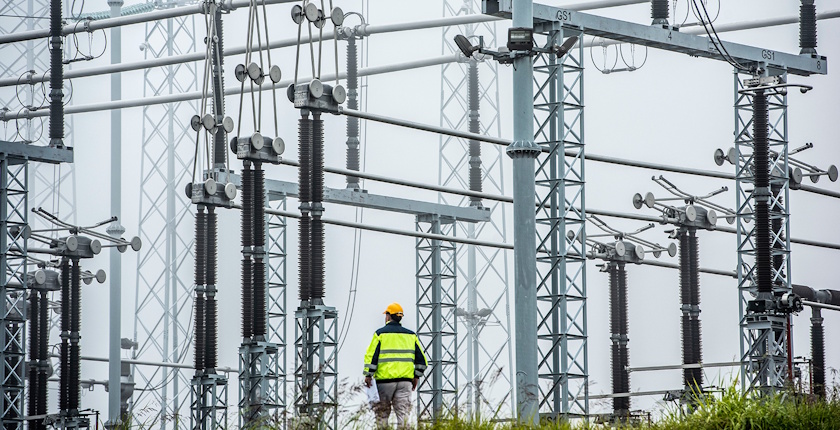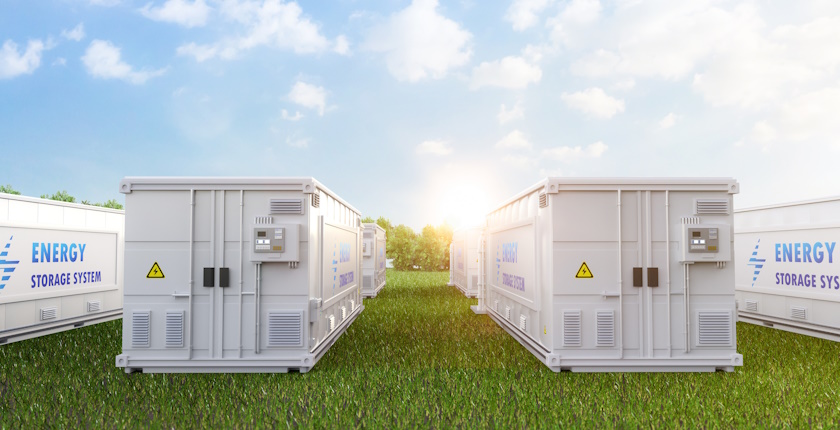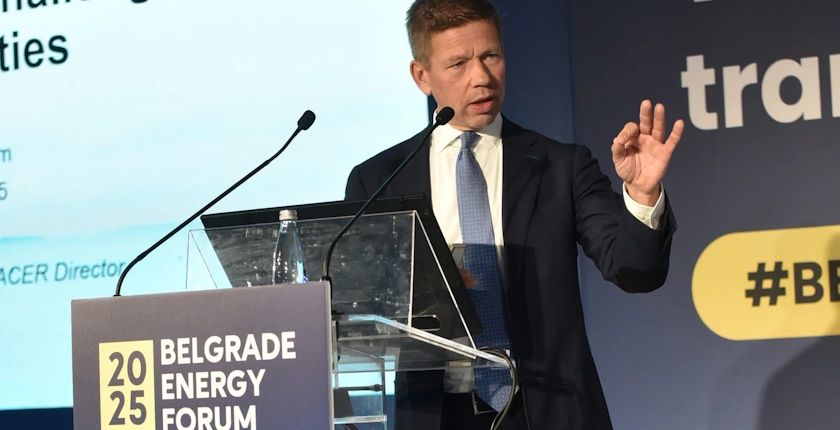
Director Christian Zinglersen is leaving ACER
The European Union Agency for the Cooperation of Energy Regulators (ACER) needs to appoint a new director as Christian Pilgaard Zinglersen is becoming deputy secretary general of the European Investment Bank (EIB) Group.
ACER’s current chief is leaving in the autumn. Outgoing Director Christian Pilgaard Zinglersen says he is carrying on his duties until then under a business-as-usual approach. His leadership spanned a defining period of intense, significant turmoil and pressures on EU energy markets, policy and regulation, ACER pointed out.
EU Agency for the Cooperation of Energy Regulators underwent an organisational reset, doubled its human and tripled its financial resources, reflecting the increasing number of tasks from EU co-legislators and the European Commission, according to the update.
Zinglersen has served for the past five and a half years. His initial five-year mandate was renewed at the end of 2024.
Zinglersen served for five and a half years
It’s been an honour to lead ACER as its only second director after Alberto Pototschnig, who, alongside the other pioneers, built the agency from scratch, Zinglersen stressed.,
“Let’s not sugarcoat it: It has been a challenging, yet also exciting time for more or less everything ACER has had its hands on over these last five-and-a-half years. With the EU going from demand shock to supply shock to … (well, let’s see what the next shock is); with our energy system facing new demands, whether induced by rapid technological or systemic change; with geopolitics rearing its often-ugly head, most significantly via Russia’s aggressive war waged on Ukraine. Never a dull moment, they say,” he wrote.
At ACER, everybody is somebody, and it remains the benchmark, Zinglersen underscored. He praised collegiality, inclusiveness and the “low on hierarchy, high on impact” approaches.
Zinglersen was one of the keynote speakers at this year’s edition of Belgrade Energy Forum, organized by Balkan Green Energy News.

